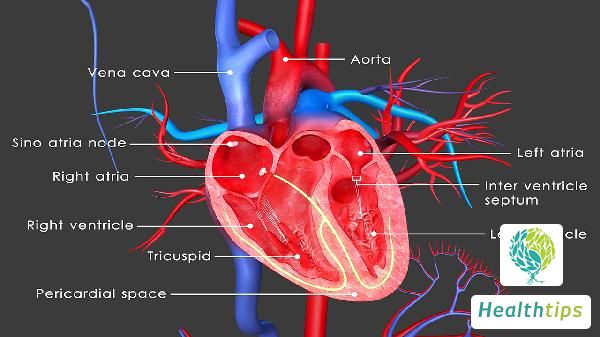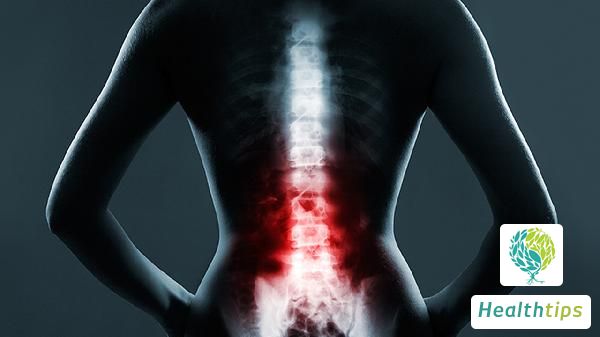What foods are beneficial for mitral valve papillary muscle dysfunction?

The dietary management for papillary muscle dysfunction should aim to protect myocardial function, promote blood circulation, and reduce the burden on the heart. It is advisable to increase the intake of foods rich in potassium, magnesium, and antioxidants while adhering to a low-salt and low-fat diet. Specific recommendations include:
1.
Potassium and magnesium are essential minerals for maintaining cardiac contractility, improving myocardial metabolism, regulating blood pressure, and protecting cardiovascular health. High-quality sources of potassium and magnesium include bananas, spinach, potatoes, and avocados. Increasing the intake of these foods in the diet is particularly suitable for individuals with impaired papillary muscle function. However, it is important to avoid excessive potassium supplementation, especially for those with renal insufficiency, and to follow a diet under medical guidance.
2.
Omega-3 fatty acids in fish such as salmon, sardines, and tuna have anti-inflammatory properties, stabilize cardiac electrical activity, reduce the risk of cardiovascular events, and provide comprehensive support for myocardial function. For those who do not consume fish frequently, nuts such as walnuts or flaxseeds can be alternatives.
3.
Protein is a fundamental nutrient required for repairing myocardial tissue and maintaining myocardial function. It is recommended to choose low-fat, high-quality protein sources such as chicken breast, fish, tofu, and soy milk. These provide sufficient energy support while avoiding excessive fat and cholesterol intake, which can increase the burden on the heart. Individuals with papillary muscle dysfunction should also avoid excessive intake of red meat.
4.
Foods rich in antioxidants such as grapes, tomatoes, and oranges help scavenge free radicals, improve blood circulation, and reduce inflammation. Excessive salt intake can lead to elevated blood pressure and increase the burden on the heart. Therefore, patients with papillary muscle dysfunction should maintain a low-salt diet and reduce the intake of high-salt foods such as preserved foods and snacks.
Maintaining healthy eating habits is crucial for the recovery of papillary muscle dysfunction. Focus on a low-salt, low-fat diet, increase the intake of foods rich in potassium, magnesium, Omega-3 fatty acids, and antioxidants, and avoid excessive processed foods and high-salt foods. It is recommended to communicate regularly with a doctor or nutritionist during the diet adjustment process to personalize and optimize the diet based on individual health status for enhanced effectiveness.



















